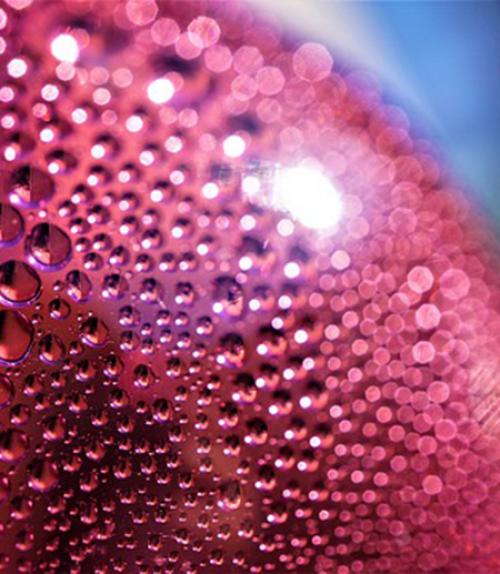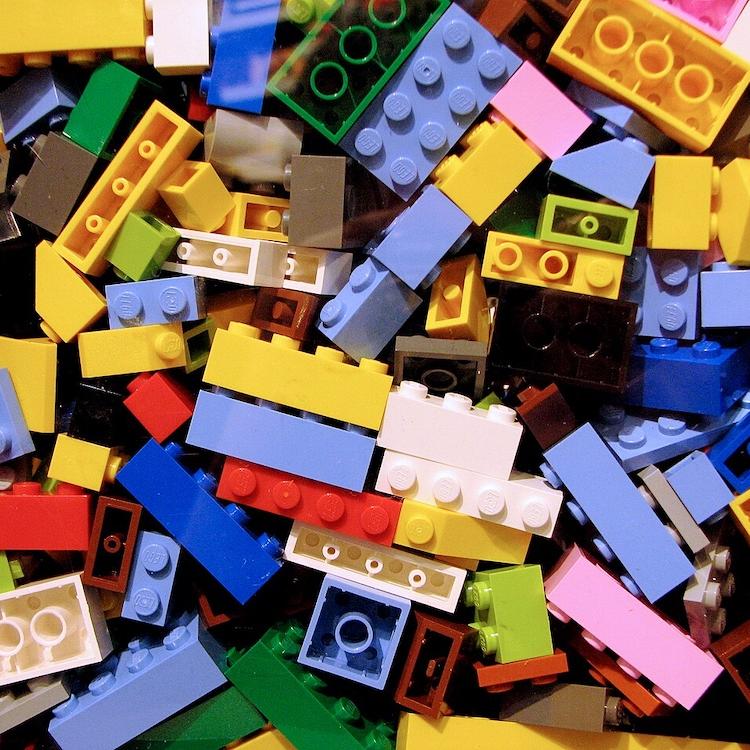
 Department Homepage
The College of Arts & Sciences
Department Homepage
The College of Arts & Sciences
Researchers raise the temperature for exciton condensation
New Cornell-led research is pointing the way toward an elusive goal of physicists – high-temperature superfluidity – by exploring excitons in atomically thin semiconductors.




